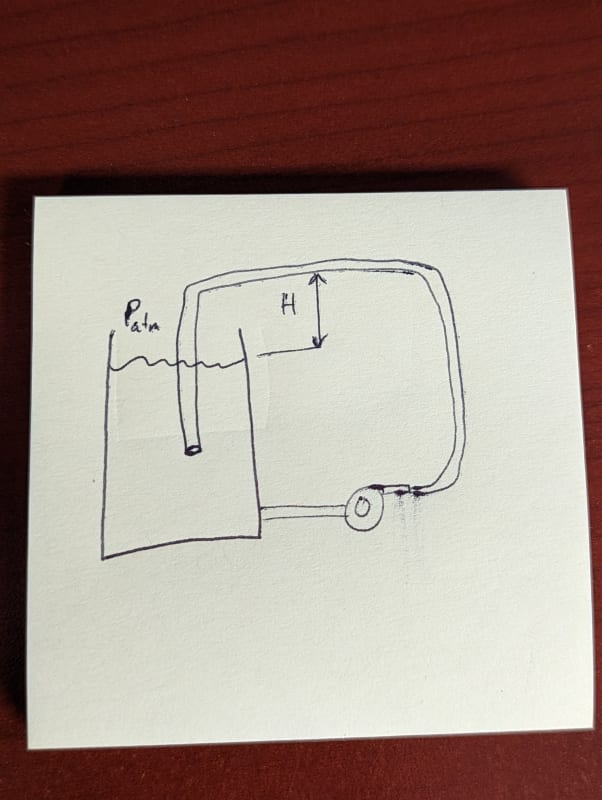HWNENGR
Mechanical
- Apr 27, 2023
- 1
I am sizing a pump for recirculating a tank full of water.
 Would a system as shown in the image be considered a closed system and therefore static pressure head be ignored? Or would the static head "H" be included in the calculation.
Would a system as shown in the image be considered a closed system and therefore static pressure head be ignored? Or would the static head "H" be included in the calculation.

